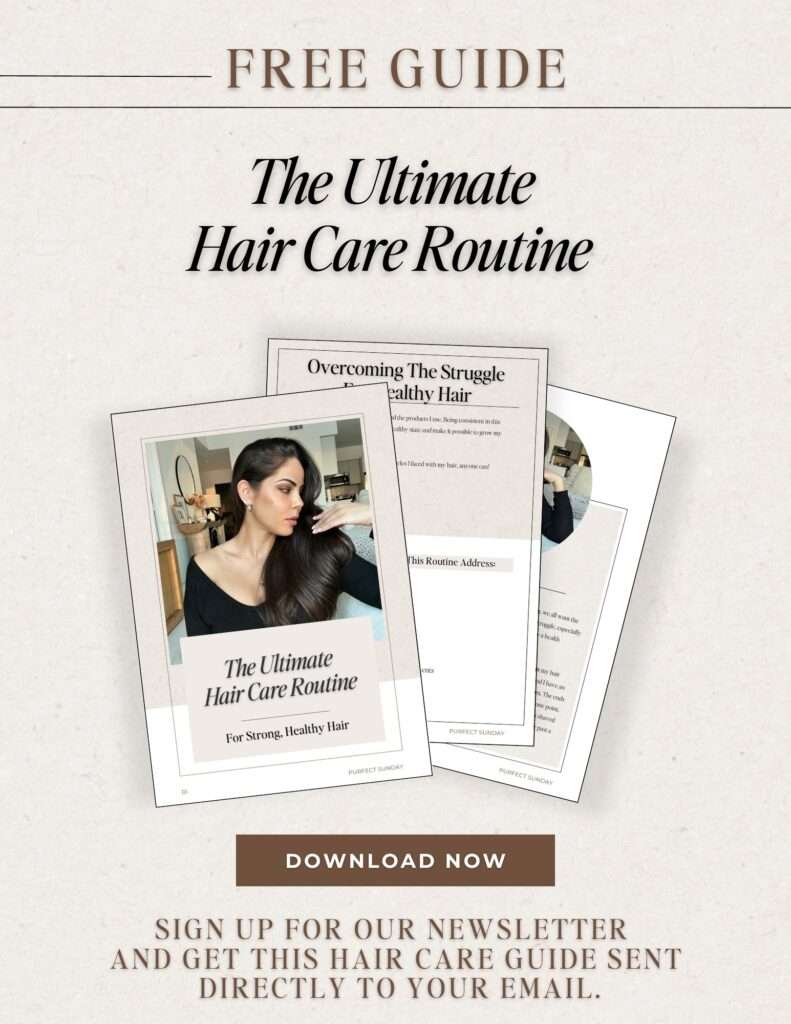5 Sungazing Benefits And Reasons You Might Try It
Recently I’ve been dealing with a skin rash that has been pretty upsetting. After several trips to the dermatologist, a couple of steroid shots in the ass, and some prescription topical creams, I was told I’d have to wait it out. Basically, there is nothing else to do but wait for my immune system to fight it off. So in addition to upping all my vitamins, I’ve also been researching other ways to naturally boost your immune system. That’s how I came across the meditative practice called sungazing. The idea is that it supposedly helps you harness the power of the sun for multiple health benefits.
For those of you that have never heard of it, sungazing is a type of meditation practice. It involves gazing at the sun during sunrise and sunset. Sungazing has origins in many cultures around the world dating back to ancient times. But more recently it has been gaining attention and popularity among some health bloggers and fans of the practice. Proponents of this practice believe there are numerous mind-body health benefits from staring into the sun. However, I need to state that experts in the medical community do not support this practice. And that medical advice says that staring into the sun can cause irreparable damage.
So let’s go over some of the risks and benefits of sungazing, as well as meditation, and safe sun exposure.

Five Sungazing Benefits
1. Regulate Circadian Rhythms
The body has many different circadian rhythms, which are 24-hour cycles that make up the body’s internal, or master clock. They are responsible for regulating many of the body’s essential functions throughout the day. The most well-known circadian rhythm is the sleep-wake cycle. Light exposure during the day sends signals to the master clock to wake up and be alert. It regulates your digestive system, the timing of your meals, and hormones to suit your energy expenditure.
2. Improves Sleep
Getting bright light shortly after waking up in the morning may help you feel more alert and increase energy levels throughout the day. If you struggle with falling asleep, exposure to light early in the morning will make falling asleep at night easier.
3. Increase Vitamin D
The body produces vitamin D naturally when the skin is directly exposed to sunlight. Having optimal levels of vitamin D reduces the risk of some diseases, improves your mood, and helps manage your weight. Unfortunately, a very large percentage of the US population has a vitamin D deficiency.
4. Boosts The Immune System
Research shows that exposure to sunlight boosts the activity of T cells allowing them to move faster throughout the body. T cells are a type of white blood cell. Their main function is to initiate an immune response, hunt down invading pathogens, and destroy them.
5. Decreases Anxiety And Depression
Spending time in the sun increases the brain’s release of serotonin. This hormone regulates mood and social behaviors, appetite, digestion, sleep, memory, and other important functions. Without adequate sun exposure, serotonin levels will drop. These lower levels of serotonin are associated with a higher risk of depression, anxiety-related disorders, and panic attacks

How To Sungaze Safely
There is a consensus amongst the medical community that staring into the sun can cause permanent retinal damage. Especially if done during the wrong time of day. There are still ways to benefit from this meditative practice without having to permanently damage your eyes.
Sit Outside
You can still reap the benefits of sun exposure, without the practice of sungazing. Simply being out in the sun will gain you the benefits listed above. It’s best to spend time outdoors during the safe hours of early morning and late evening to avoid sun damage.
Focus On A Safe Object
During meditation, focusing your mind and attention on a single object can be helpful. However, with the risk of eye damage from UV light being so great, choosing another object is the smarter choice.
Watch The Sunrise Or Sunset
Enjoy watching the sunrise or sunset without looking directly at the sun. The UV index is lowest 30 minutes after the sun rises and before it sets.
The Bottom Line
I know that enthusiasts of sungazing feel there are many benefits to this type of meditation. However, I think I’m going to go with the medical opinion here. The known risks far outweigh the possible benefits of staring directly at the sun. Especially since I can get the same benefits during my morning walks. Although I don’t feel this practice is right for me, I’d love to hear if you’ve tried it. If so, please share your experiences with it in the comments below!
Xx Monti


Tracy Trondson
Changed my life